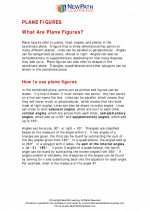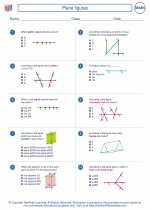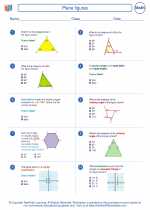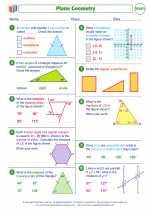Understanding Axes in Mathematics
In mathematics, the term "axes" typically refers to the reference lines used in a coordinate system. A coordinate system is a way to represent points and shapes in space using numbers and reference lines. The most common types of coordinate systems are the Cartesian coordinate system and the polar coordinate system.
Cartesian Coordinate System
In the Cartesian coordinate system, we use two perpendicular lines called the x-axis and the y-axis to locate points in a plane. The point where the two axes intersect is called the origin, denoted by the coordinates (0, 0). The x-axis is the horizontal line, and the y-axis is the vertical line.
The x-axis is used to measure the horizontal position of a point, and the y-axis is used to measure the vertical position of a point. The coordinates of a point are written in the form (x, y), where x is the distance from the y-axis (positive to the right, negative to the left), and y is the distance from the x-axis (positive upwards, negative downwards).
Polar Coordinate System
In the polar coordinate system, points are located using a distance from the origin (r) and an angle from the positive x-axis (θ). The distance r is the radius, and the angle θ is measured in radians or degrees. The polar axis is the reference line from which the angle θ is measured, and it is analogous to the x-axis in the Cartesian system.
Study Guide
To understand the concept of axes in mathematics, it's important to grasp the following key points:
- Identify the x-axis and y-axis in a Cartesian coordinate system.
- Understand how to plot points on the coordinate plane using the x and y coordinates.
- Recognize the significance of the origin (0, 0) in the Cartesian coordinate system.
- Learn how to convert between Cartesian and polar coordinates.
- Understand the polar axis and how it relates to the angle in the polar coordinate system.
Practice plotting points, finding distances, and determining angles in both Cartesian and polar coordinate systems to strengthen your understanding of axes in mathematics.
.◂Math Worksheets and Study Guides Eighth Grade. Plane figures

 Worksheet/Answer key
Worksheet/Answer key
 Worksheet/Answer key
Worksheet/Answer key
 Worksheet/Answer key
Worksheet/Answer key
 Worksheet/Answer key
Worksheet/Answer key
